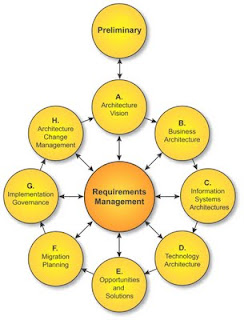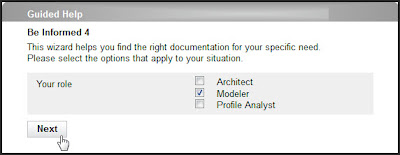Personal Branding: lessons learned from product marketing (PART 2)
 In my first blog in this series, I explained the similarities between product branding and personal branding and how I learned that branding can help you promote your product and reach your goals.
In my first blog in this series, I explained the similarities between product branding and personal branding and how I learned that branding can help you promote your product and reach your goals.The first lesson was about using a goal-driven approach to branding. Lesson number 2 is about finding the right path between facts and suggestions when establishing your brand.
Lesson 2: Stay close to the facts
For a product marketer it is not very uncommon to introduce a product as the solution to everything. But once consumer reviews come back, a brand can easily be damaged if the product doesn’t meet with the expectations.
The same is true for personal branding. If I promote myself as being an expert on java development and during my first project people find out that I have no clue what I am talking about, the value of my personal brand will drop immediately.
On the other hand, branding is all about creating an image. An image that can be closer or further away from the cold facts. For product branding it could be based on how you want your product to be, hoping that product development will pick up your change requests and save you from negative customer responses. In personal branding you have it all in your hand. If you brand yourself as an expert in a certain domain, you have in fact committed yourself to a standard and you need to prove to yourself as well as to your colleagues and clients that you can live up to their expectations. Of course branding is all about creating a favorable view, but both in product as in personal branding it is not wise to get to far ahead of the actual facts.
As an example I will look at my own personal branding. As mentioned in my previous blog post, my goal is to establish myself as a thought leader in Contextual Intelligence. The first question then is: how should I brand this product – my self – to reach this goal? Or one step further back: what are people looking for when they are looking for a thought leader?
My idea is that I am successful as a thought leader – and reaching my goal – once I have established this Pavlov effect: IF Contextual Intelligence THEN Kees van Mansom.
My Personal Brand
So how can I do that: What aspects should be in my brand? This is what I came up with, I am pretty sure it is not complete but it gives an idea:- Innovative: Comes up with ideas that you wouldn’t have thought of yourself
- Knowledgeable: Knows his domain and can quickly translate generic solution scenarios to specific, client-related solutions
- Professional: Can be trusted with confidential information
- Pro-active: Self initiating actions
- Social: Is easy to communicate with, asks questions, challenges ideas
- Helpful: Will never say No when help is needed
- Fast: Will answer your question before you knew you had a question.
Now that you know which aspects I find important in my brand, it is easy to analyze my actions and look how they fit within this profile. I am looking forward to reading your feedback in the comments.
Next time: Lesson 3 – Be clear about your motives


Comments